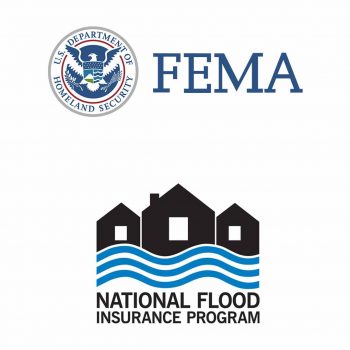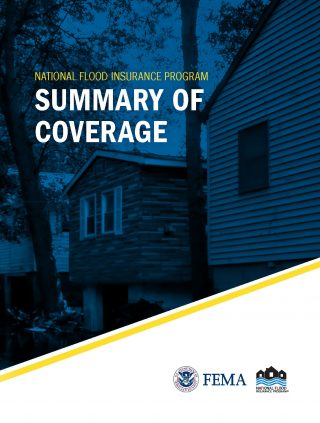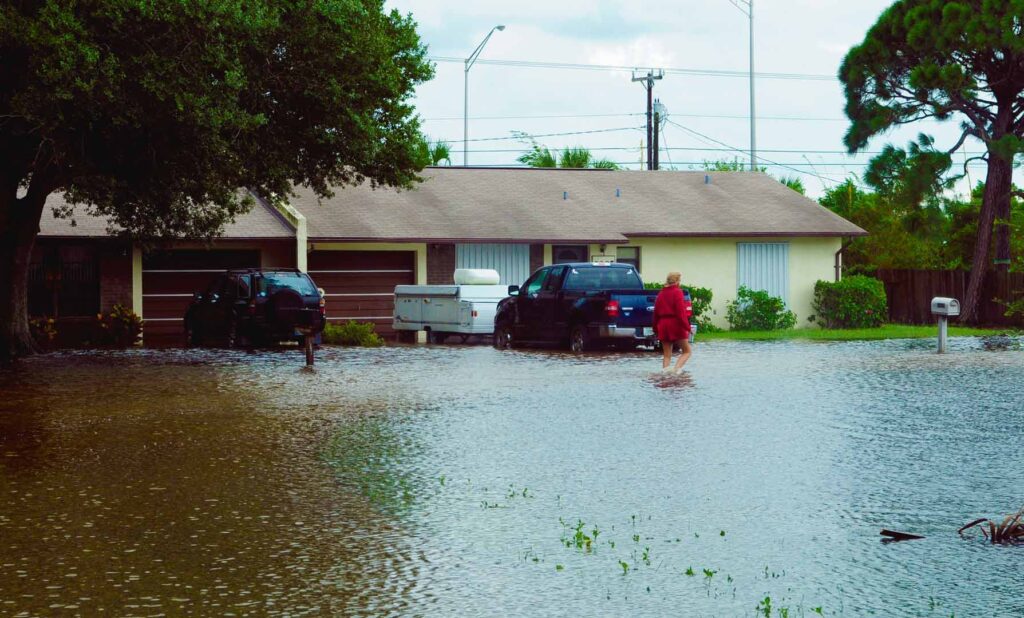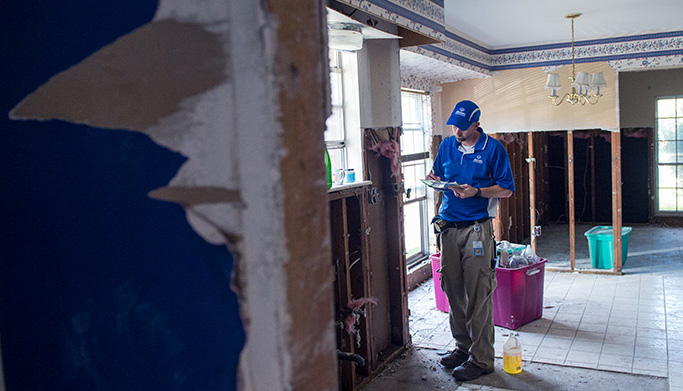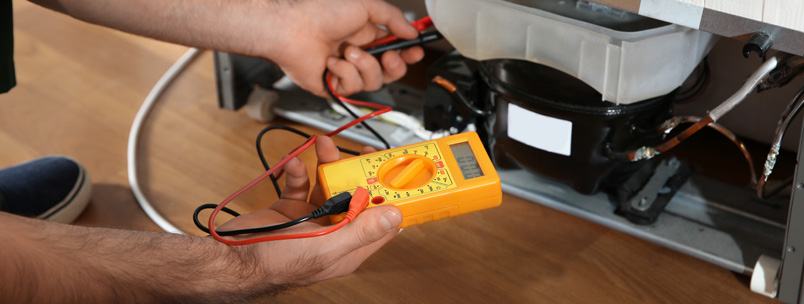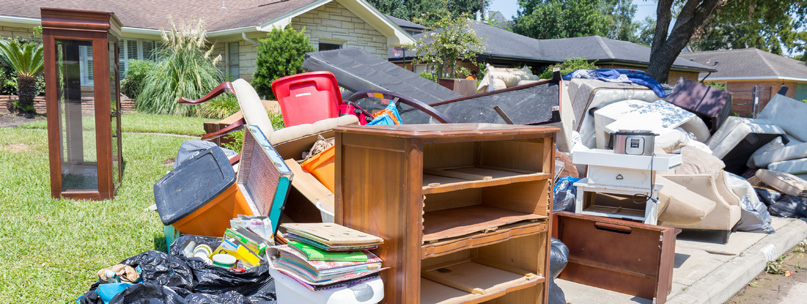What is the difference between FEMA and NFIP?
The National Flood Insurance Program (NFIP) is managed by FEMA and is delivered to the public by a network of more than 50 insurance companies and the NFIP Direct. Floods can happen anywhere — just one inch of floodwater can cause up to $25,000 in damage. Most homeowners insurance does not cover flood damage.
That’s why it’s important to have flood insurance if you live in an area that is prone to flooding. The NFIP offers flood insurance for both homeowners and renters, and it is backed by the US government.
So if you’re ever faced with a flood, you can rest assured that you’re covered.
